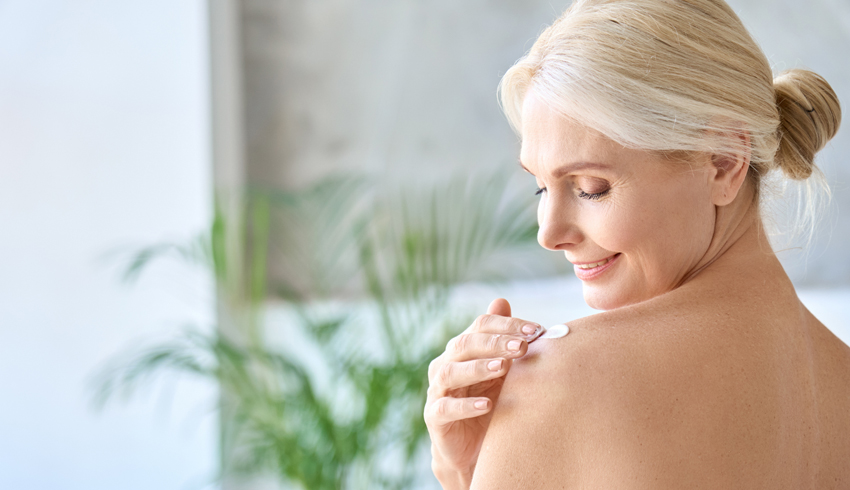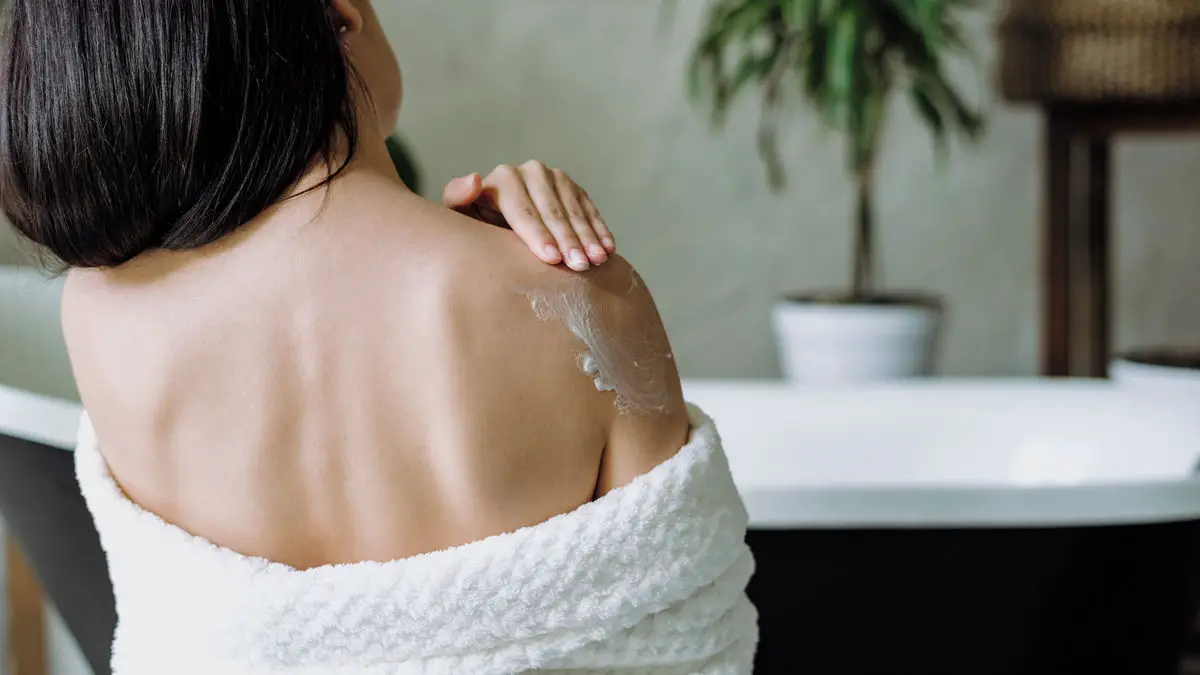Yeast Infection or Butt Acne: What's the Difference?
As a beautician, encountering clients who are concerned about their skin's appearance, particularly involving sensitive areas, is common. Understanding the intricacies of conditions such as a yeast infection or butt acne allows you to offer insightful advice and treatment options. Let's delve into these conditions to better equip you for your client's needs.
:max_bytes(150000):strip_icc()/GettyImages-1053614732-bb938a1398b94a7a8b6bf9d73ec0a107.jpg)
Understanding Yeast Infection
Yeast infections are common, particularly in warm, moist environments like the groin area. They are caused by an overgrowth of the fungus Candida, leading to symptoms like itching, redness, and discomfort. Although typically associated with the genital area, yeast infections can also affect other parts of the body, including the skin folds where moisture and warmth are prevalent.
Beauticians can play a key role in identifying signs of yeast infections, especially during body treatments. Educating clients on maintaining proper hygiene and advising on antifungal treatments can greatly assist in managing this condition. Rapid and effective treatment not only alleviates discomfort but also prevents further skin complications.
Butt Acne and Its Causes
Butt acne, on the other hand, presents differently. Often mistaken for acne vulgaris, it is generally folliculitis, which occurs when hair follicles become inflamed due to bacteria, fungi, or irritation. Beauticians might observe these outbreaks in clients frequently wearing tight clothing or partaking in activities that lead to excessive sweating.
To address butt acne, suggest gentle exfoliation and the use of non-comedogenic products to help reduce inflammation while keeping the pores clear. Encourage clients to wear breathable clothing and maintain good personal hygiene, especially after workoutsadvice supported by health guidelines in managing body acne (Dermalogica).
Prevention is Key
Prevention of yeast infections and butt acne can often be achieved with proper care and caution. Advising clients on using body washes formulated for acne fighting can be beneficial in maintaining clear skin. Explore options available at StyleCraze that cater specifically to this need.
Spotting the Symptoms
Recognizing the symptoms associated with both these conditions is crucial for effective treatment. While yeast infections might present with a rash or white discharge, butt acne typically appears as red bumps and irritation around hair follicles. Being attentive during skincare routines or treatments will aid in early detection and management.
Client Education and Aftercare
As a first step, educate your clients on maintaining routine hygiene practices and the importance of using the right skin care products. Direct them to resources like after-travel skincare tips to maintain healthy skin when schedules are hectic. Discuss the role of diet, as high sugar consumption can exacerbate fungal infections and suggest probiotics for better gut and skin health.
Moreover, introduce them to insightful readings such as understanding the difference between keratosis pilaris vs butt acne to further their skin care knowledge.

FAQs about Yeast Infection or Butt Acne
1. Can sweat cause butt acne?
Yes, sweating increases moisture and friction in clothes, leading to clogged pores and bacteria accumulation, which can cause butt acne.
2. How to reduce itching from a yeast infection?
Advising clients to keep the area dry and suggest over-the-counter antifungal creams can help reduce itching and discomfort caused by yeast infections.
3. Are there any diet changes for preventing these conditions?
Reducing sugar intake and including probiotics in the diet can promote healthy skin and prevent infections.
For more on butt acne and its management during different life routines, refer to this useful guide that provides further insight.
This article contains affiliate links. We may earn a commission at no extra cost to you.

